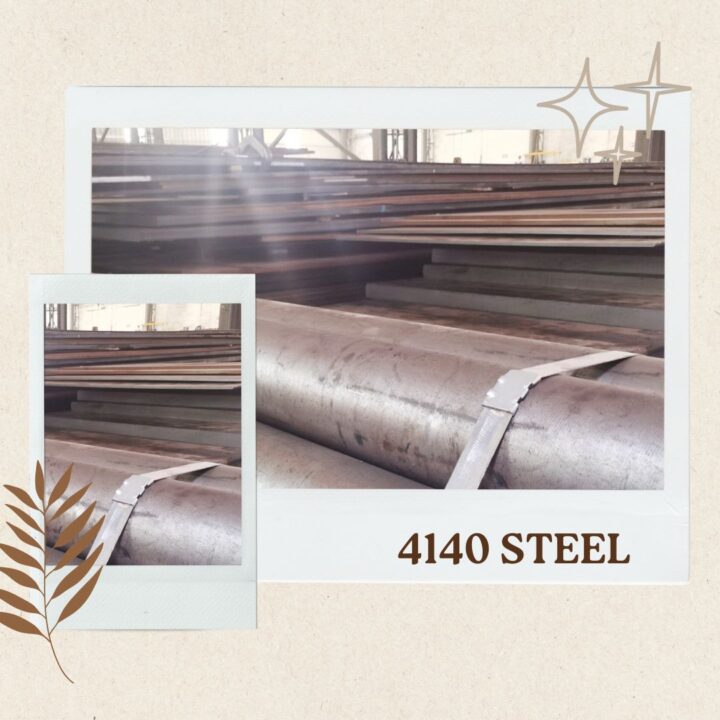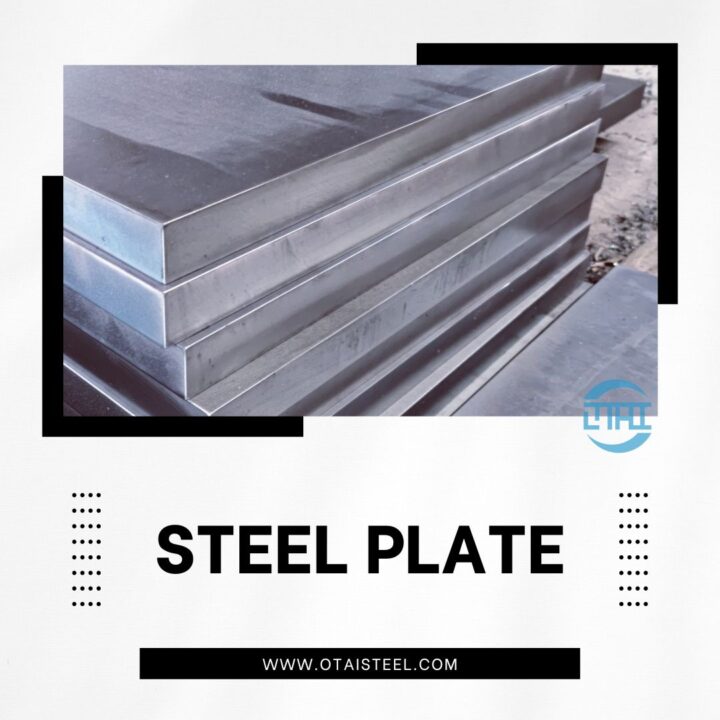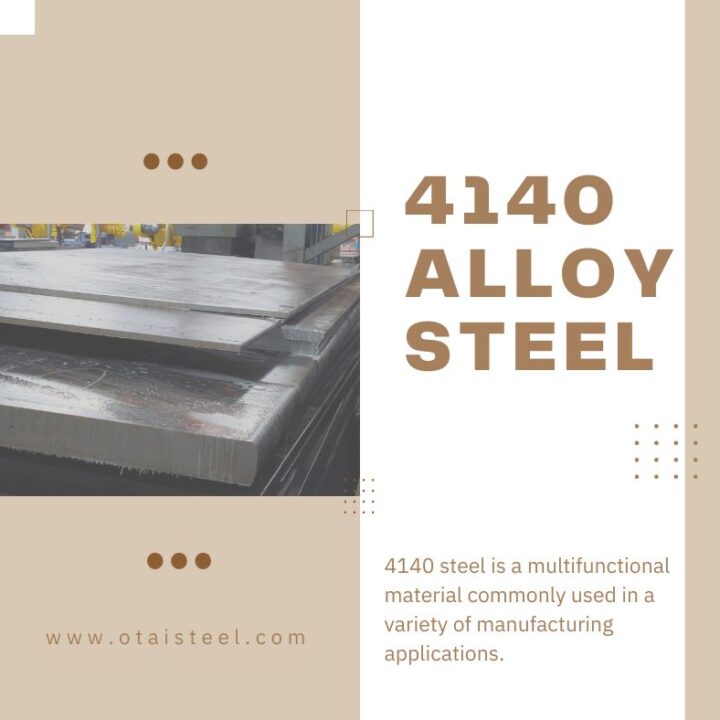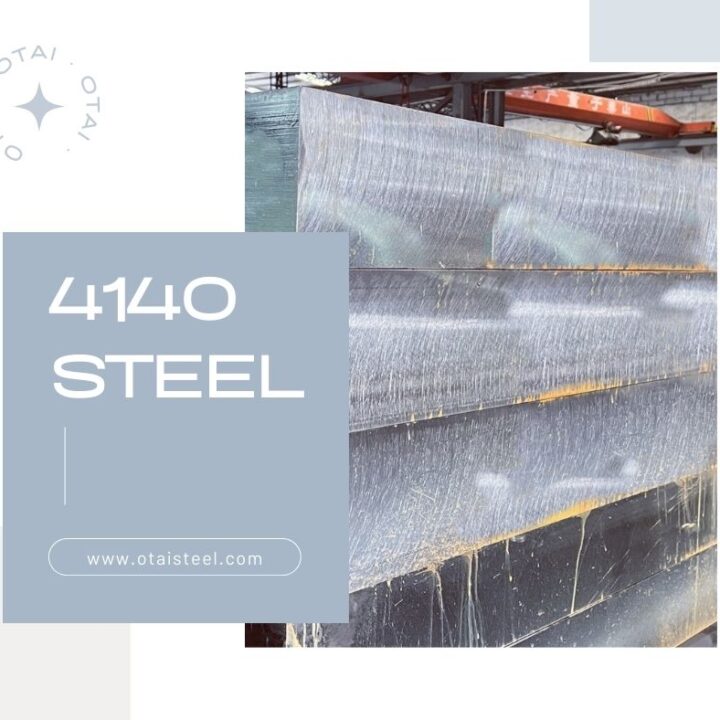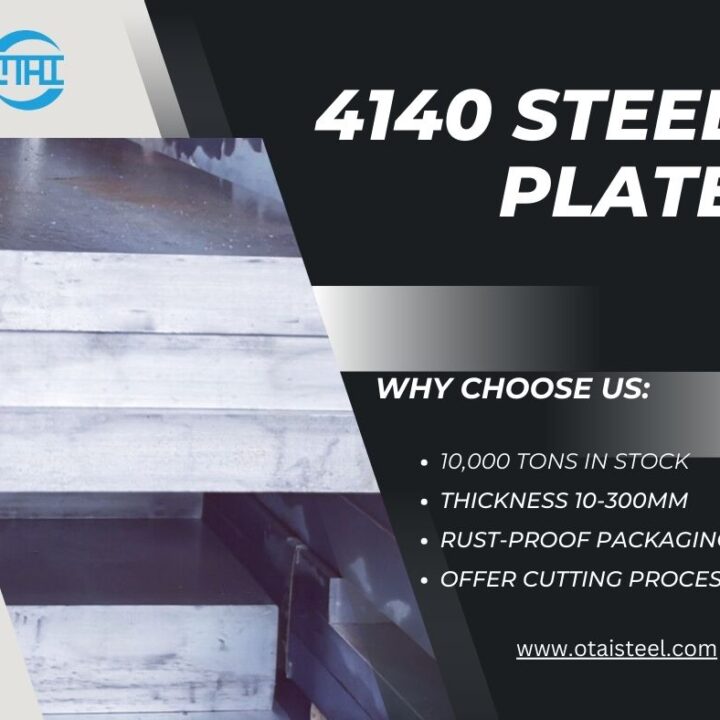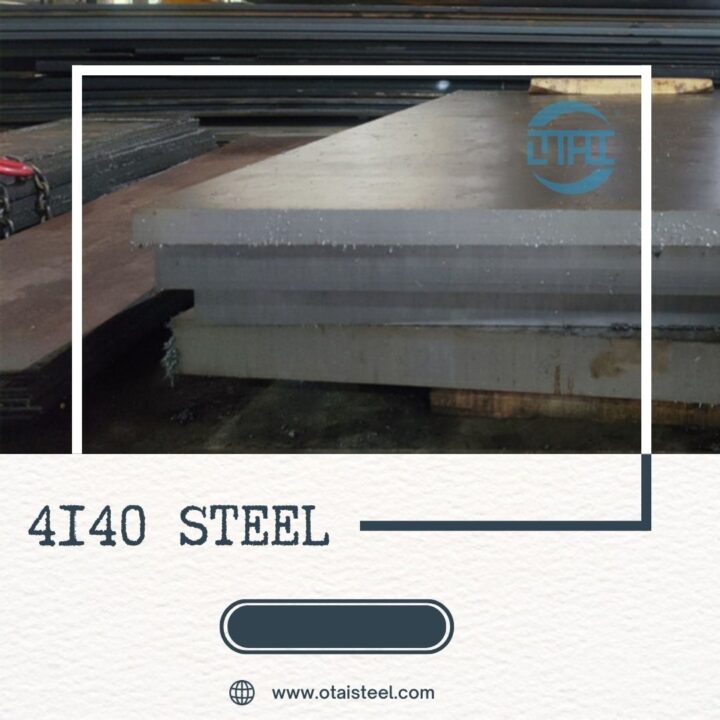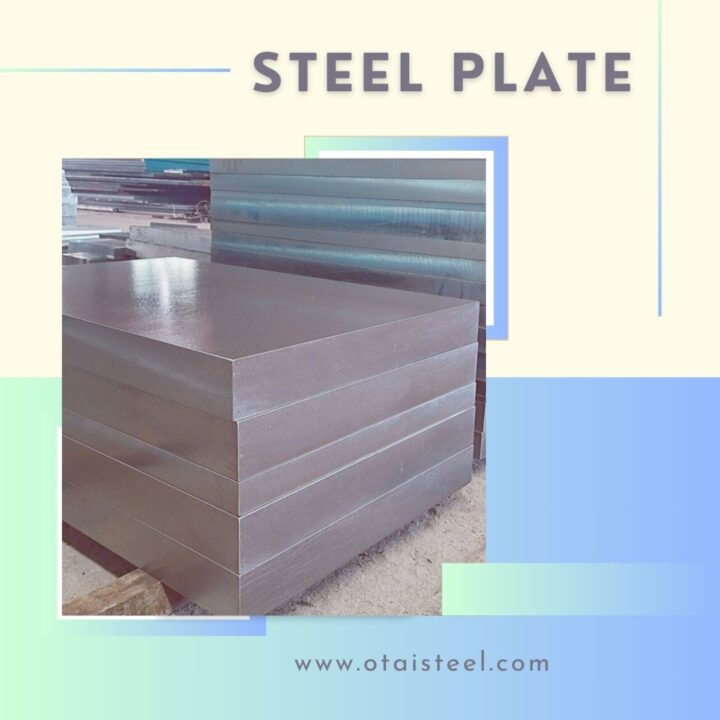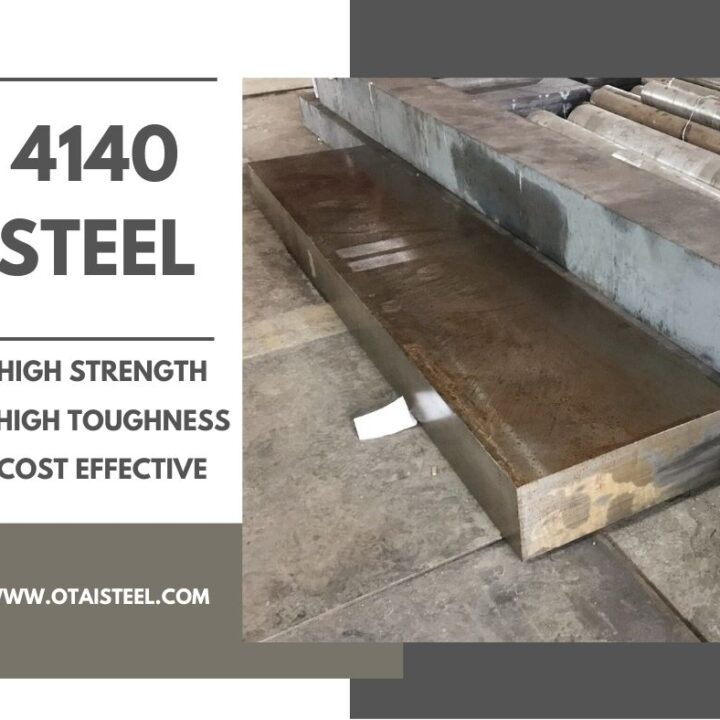4140 steel is a low alloy steel that contains chromium, molybdenum, and manganese as alloying elements. It has excellent mechanical properties, such as high strength, toughness, wear resistance, and fatigue resistance. It is widely used in various applications that require high performance and reliability, such as power transmission systems. Power transmission systems are systems that transfer power or motion from one part to another, such as engines, gearboxes, driveshafts, and axles. Shafts are rotating machine parts that convey power or motion between different components of a power transmission system. Shafts are supported by bearings and connected by couplings or joints. Shafts are subjected to various types of loads, such as torsion, bending, shear, and axial forces. (4140 steel in the production of shafts)
Why Use 4140 Steel for Power Transmission Shafts?
Power transmission shafts are components that transmit torque and rotational motion from one device to another. They are often subjected to high stresses, vibrations, impacts and wear. Therefore, they require a material that can withstand these conditions without failing or deforming.
4140 steel is an ideal material for power transmission shafts because it has:
- High tensile strength: 4140 steel can withstand up to 95,000 psi of stress without breaking.
- High fatigue strength: 4140 steel can endure repeated cycles of loading and unloading without cracking or losing its strength.
- High abrasion and impact resistance: 4140 steel can resist wear and tear caused by friction and collisions with other materials.
- High creep strength: 4140 steel can maintain its shape and dimensions under high temperatures and pressures.
- High corrosion resistance: 4140 steel can resist rusting and oxidation caused by exposure to moisture, chemicals and gases.
How to Machine, Weld, and Finish 4140 Steel?
4140 steel is a relatively easy material to work with, as long as you follow some guidelines:
- Machining: 4140 steel can be machined using conventional methods such as turning, milling, drilling, tapping, etc. However, it is recommended to use sharp tools, high cutting speeds, low feed rates and adequate lubrication to avoid overheating and excessive tool wear.
- Welding: 4140 steel can be welded using various techniques such as arc welding, gas welding, resistance welding, etc. However, it is important to preheat the steel before welding and postheat it after welding to avoid cracking and distortion due to thermal stress. It is also advisable to use filler metals that match the composition of the base metal.
- Finishing: 4140 steel can be finished using various methods such as grinding, polishing, sandblasting, painting, coating, etc. However, it is important to remove any surface contaminants such as oil, grease, dirt, etc. before finishing to ensure a good adhesion and appearance of the final product. (4140 steel in the production of shafts)
